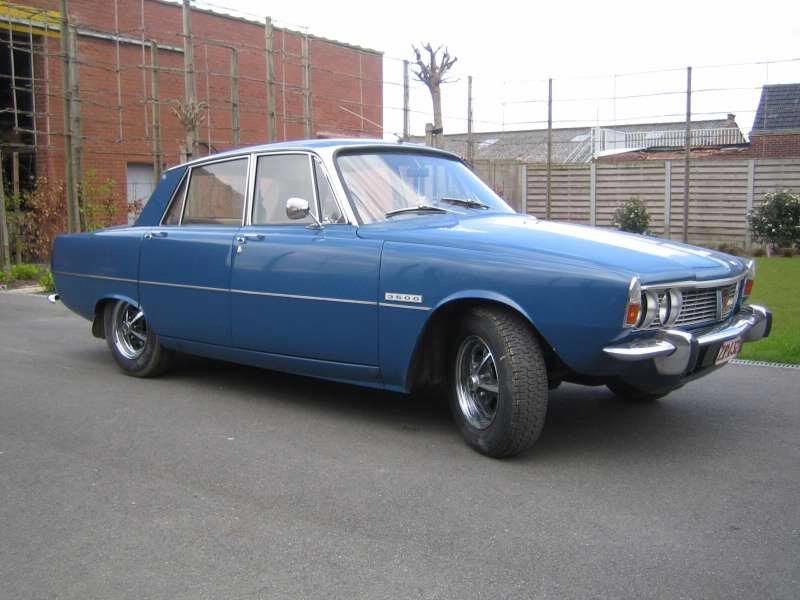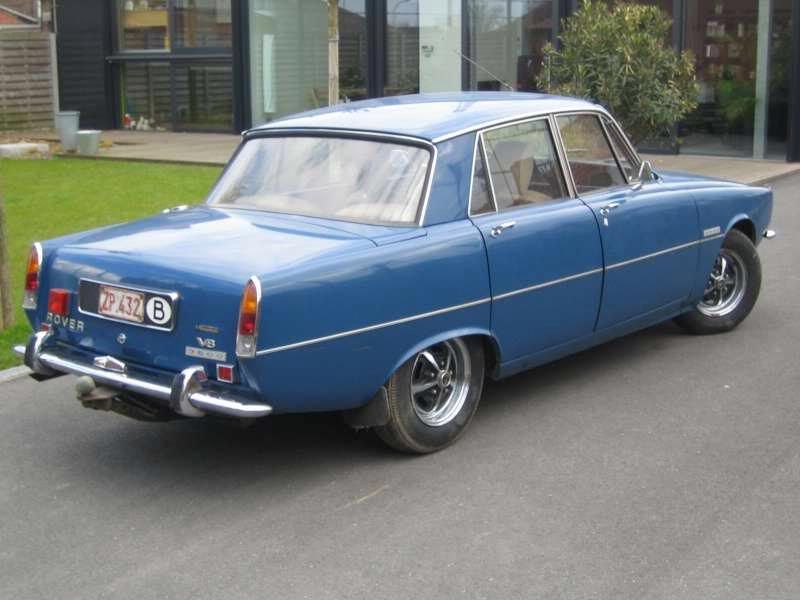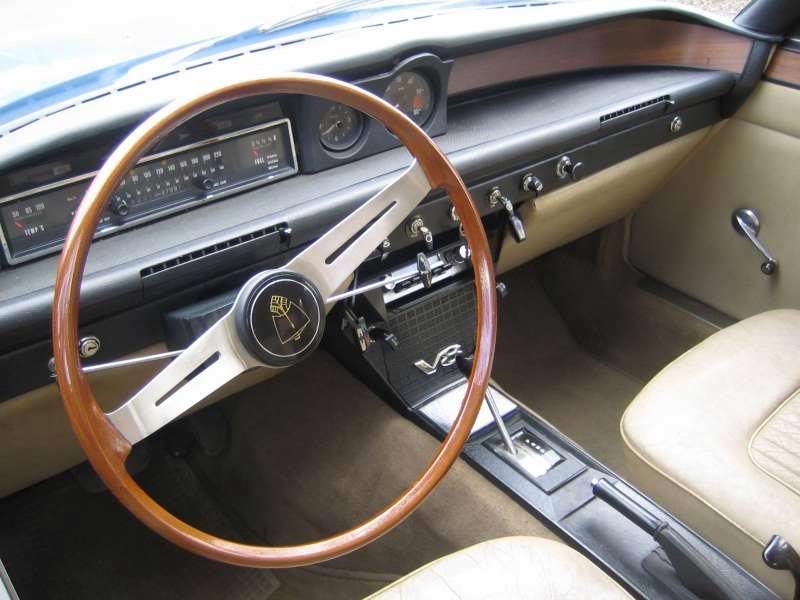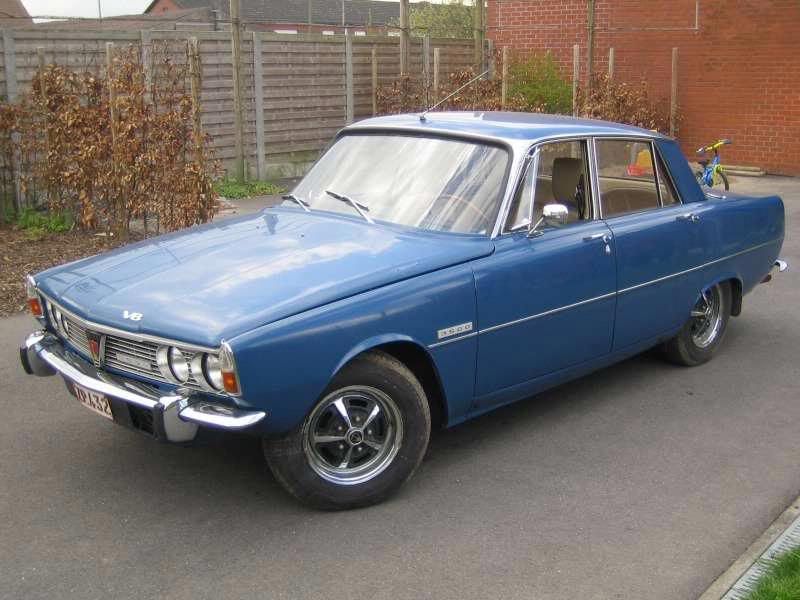I went this morning to view a 1970 Pb which was a "runner" according to the advert. When i got there the owner was trying to get it to start with no luck, he eventually cleaned the carbs out and there was a lot of rust in the float chambers. Looks like the tank has corroded and blocked up the system.
He is going to try to get the car running using a remote tank and if i like what i see when its running i'm thinking of buying it (its a very clean example).
Question is, how easy will it be to clear the fuel system of the dirt and rust thats in there? How easy is it to seal the tank up? are there two tanks (reserve tap?)
Thanks in advance for the answers!
John
He is going to try to get the car running using a remote tank and if i like what i see when its running i'm thinking of buying it (its a very clean example).
Question is, how easy will it be to clear the fuel system of the dirt and rust thats in there? How easy is it to seal the tank up? are there two tanks (reserve tap?)
Thanks in advance for the answers!
John






